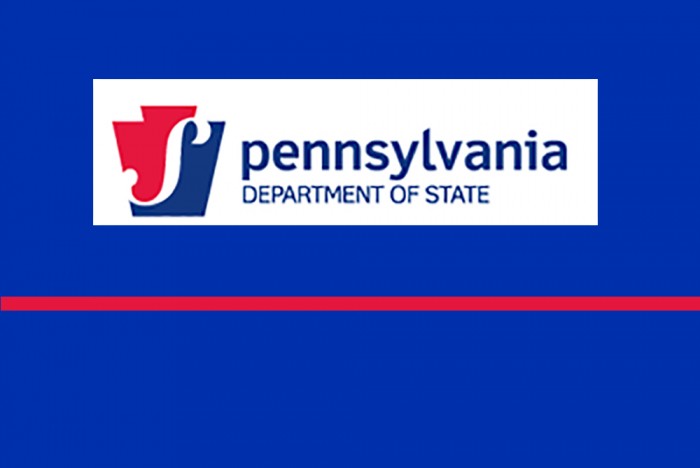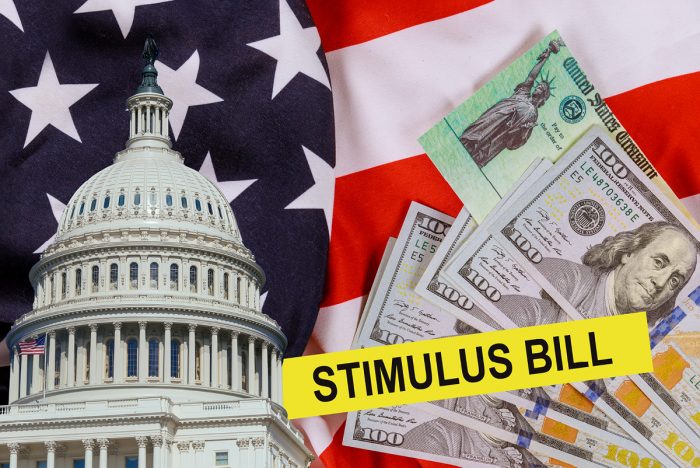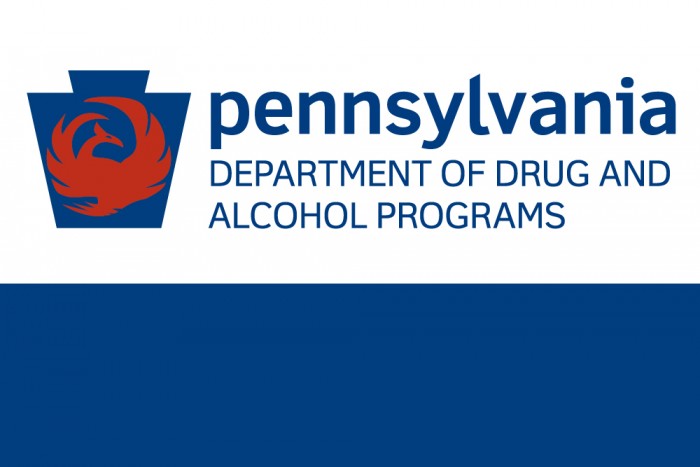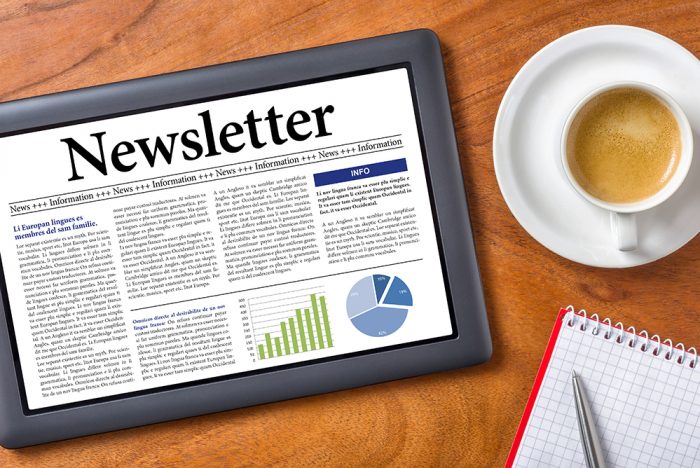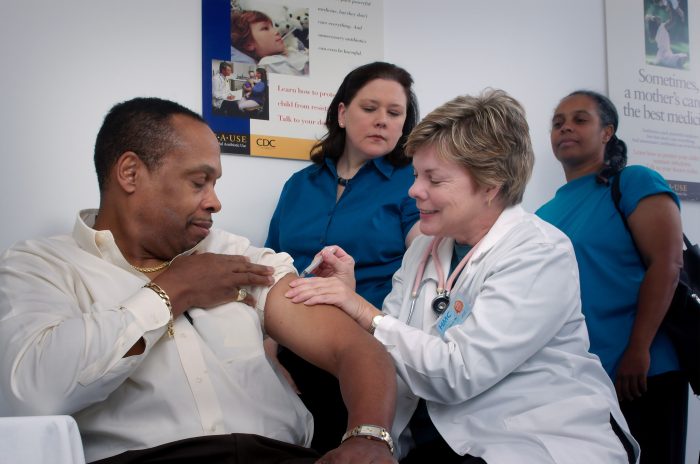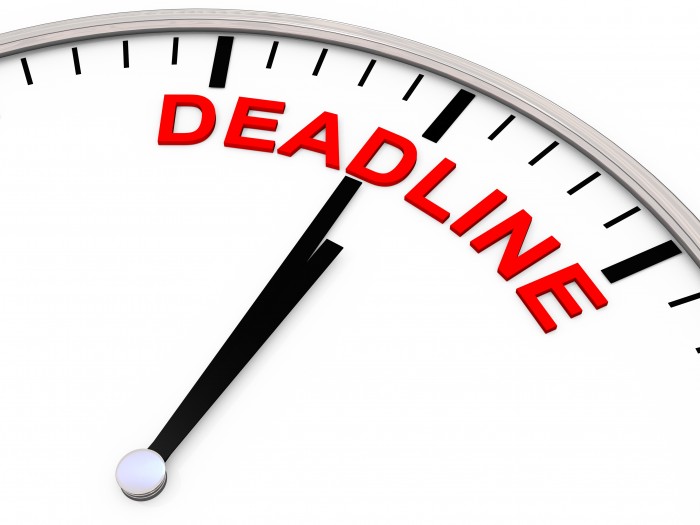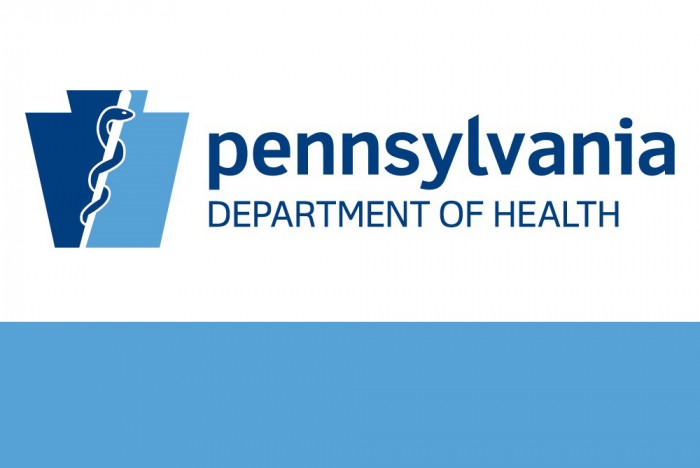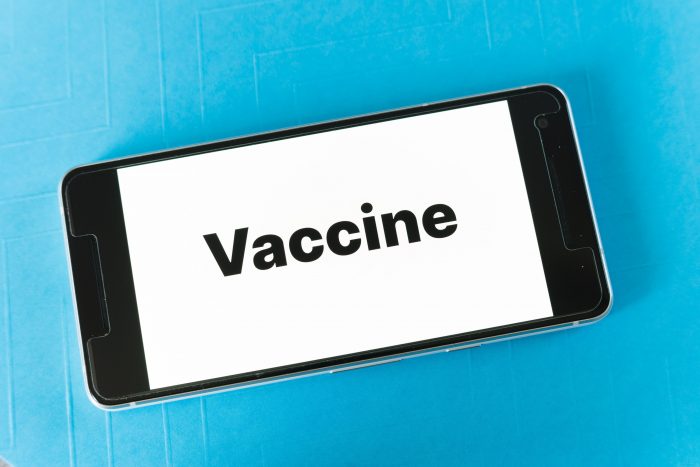From ANCOR:
House and Senate leadership have released the text of the FY2021 Omnibus COVID Stimulus and Relief Bill, which funds the federal government through the end the current fiscal year (September 30, 2021) and includes COVID-19 relief and other health policy provisions. Among the highlights are an additional $3 billion in provider relief funding (PRF) plus changes to the terms and conditions; a prohibition on surprise billing; adjustments to several Medicare payment policies, including payments for physician services; provider and plan transparency-related requirements; and an extension of expiring health-care programs for three years.
Of note, there were policies that were included in recent proposals but that were significantly reduced or removed from the final bill. These include the PRF amount being significantly less than expected (previous proposals included $35 billion), no provisions related to the extension of telehealth waiver authorities, no additional state and local financial aid, and no increase in federal medical assistance percentages (FMAP). The final bill also slightly revises the surprise billing compromise from the proposal released in draft form last week.
Votes are expected today in both the House and the Senate, and the bill is expected to pass. The President has not yet indicated his position, but he is likely to sign the bill. Key takeaways on all of these policies are listed below and are followed by more details.
Please let us know if you have any specific questions. We will also be producing a more comprehensive summary and analysis over the next few days.
Key Takeaways:
Provider Relief Fund:
- $3 billion more for the Provider Relief Fund.
- May calculate lost revenue using the June 2020 Department of Health and Human Services (HHS) frequently asked questions (FAQs).
- Directs 85 percent of unobligated balances or funds recovered to be for future distributions based on applications that consider financial losses and changes in operating expenses occurring in the third or fourth quarter of calendar year 2020 or the first quarter of calendar year 2021 (which is similar to the structure of the Phase 3 distribution).
- Allows more flexibility for health systems to distribute the targeted PRF distributions within their own systems.
Vaccines and Testing:
- $8.75 billion for Center for Disease Control and Prevention (CDC) for vaccine distribution.
- $22.4 billion for testing, contract tracing, and surveillance.
Use of Funds:
- One-year extension (until December 31, 2021) for funds provided to states and localities and tribes by the Coronavirus Relief Fund in the CARES Act.
Surprise Billing:
- Prohibits surprise billing by providers and facilities in the case of (1) out-of-network emergency care; (2) certain ancillary services provided at an in-network facility by an out-of-network provider; and (3) non-emergency care provided at an in-network facility by an out-of-network provider unless certain notice and consent requirements are met. Patients are only responsible for in-network rates. There are also transparency requirements for plans and providers as they relate to providing the patient information, including updated directory information.
- Several changes were made to the draft released last week, including removing the requirements on the timely billing provisions (which providers and plans had advocated for) and excluding public payer rates from consideration in the arbitration process (which providers had advocated for).
Medicare:
- $3 billion to Centers for Medicare and Medicaid Services (CMS) for the Medicare Physician Fee Schedule in 2021 to help reduce the planned negative payment adjustment resulting from increased spending on evaluation and management (E/M) codes and a three-year moratorium on a scheduled E/M add-on code for complexity. We estimate that this mitigates the scheduled 10 percent cut by about two-thirds.
- Three-month delay of the scheduled two percent Medicare sequestration cuts.
- Freezes the Alternative Payment Model/ Medicare Access and CHIP Reauthorization Act of 2015 (APM/MACRA) thresholds for two years.
- Creates a new, voluntary Medicare payment designation that allows Critical Access Hospitals or a small rural hospital with less than 50 beds to convert to a rural emergency hospital (REH) for hospitals that can no longer support a fully operational inpatient hospital. REHs will be reimbursed under all applicable Medicare prospective payment systems and receive an additional monthly facility payment and an add-on payment for hospital outpatient services as defined in the legislation.
- Provides 1,000 new Medicare graduate medical education (GME) residency slots for certain hospitals, which will be phased in through 200 slots available each year.
Extenders:
- In general, the Medicare and Medicaid public health extenders have been extended for three years. Some key extenders include:
- The work geographic index floor under the Medicare program has been extended through December 31, 2023.
- The “Money Follows the Person” demonstration program has been extended through federal fiscal year (FFY) 2023. The spousal impoverishment protections and community mental health services demonstration have been extended through fiscal year (FY) 2023.
- The National Health Service Corps, Community Behavioral Health Centers, Special Diabetes Center, and Teaching Health Centers have been extended through FFY 2023.
- Additional funding for public health programs – such as the campaign on the importance of vaccines, Native American suicide prevention, and obesity prevention – have also been included.
- There is a three-year Medicaid disproportionate share (DSH) payment reduction delay, effectively delaying DSH reductions through FY 2023. DSH reductions have also been extended for two additional years, resulting in planned cuts of $8 billion per year in each year from FY 2024 through FY 2027.
- The language also includes transparency and reporting provisions related to supplemental payments. Specifically, states will be required to report how they calculate and distribute supplemental payments, criteria for supplemental payment distribution, and total supplemental payments distributed to each provider (if known) or total amount distributed. (The transparency reporting requirements do not apply to DSH supplemental payments.) Overall, these transparency reporting requirements are less rigorous and less detailed than the supplemental reporting requirements laid out in the now withdrawn Medicaid Fiscal Accountability Regulation.
More Details on Key Health Provisions:
Vaccines, Testing, and Tracing:
- $19.695 billion for the Biomedical Advanced Research and Development Authority (BARDA) for vaccine, therapeutic, and diagnostic development.
- $8.75 billion for the CDC for vaccine distribution:
- $4.5 billion to states, localities and territories;
- $210 million for the Indian Health Service; and
- $300 million for high-risk and underserved populations.
- $3.25 billion for the strategic national stockpile.
- $22.4 billion in direct grants for states, territories, and tribes for testing, contract tracing, and surveillance:
- $2.5 billion for high-risk and underserved populations; and
- $790 million to the Indian Health Service.
Other Provisions:
- $4.25 billion for mental health and substance abuse prevention and treatment, including:
- $1.65 billion for the Mental Health Services Block Grant;
- $1.65 billion for the Substance Abuse Prevention and Treatment Block Grant; and
- $600 million for Certified Community Behavioral Health Clinics.
Highlights on Surprise Billing Provisions:
This legislation includes a payment dispute resolution process requiring party negotiation and then a voluntary prescribed arbitration process if party negotiations fail. The arbitration methodology is applicable to providers and payers and, notably, air ambulances (how to handle air-ambulance-related disputes has been one of the more contentious issues as they were not always included in prior bills). It does not include a minimum negotiated payment rate.
Key Elements of Surprise Billing:
- Prohibits plans and providers (including hospitals, facilities, and individual practitioners) from surprise billing patients for emergency out-of-network care, for certain ancillary services by out-of-network providers at in-network facilities, and for non-emergency out-of-network care provided at in-network facilities without the patient’s consent. Patients are only responsible for in-network rates.
- If a provider (other than a specified ancillary provider) notifies a patient of the estimated cost of the out-of-network care at least 72 hours prior to the patient receiving the care, and the patient consents to the care, those services are not subject to the ban on surprise billing.
- Providers and plans can attempt to negotiate for 30 days before arbitration begins.
- There is no threshold to enter into arbitration.
- Disputes can be patched together (other proposals did not allow similar services to be considered by the mediator at the same time).
- The mediator can consider all information submitted by the provider and payers, including the median in-network rate, complexity of the case, and market power of the provider and payer among other things. However, the mediator cannot consider public payer rates (e.g. Medicare and Medicaid).
- The arbitration process is baseball-style (each party submits an offer, and the mediator has to choose one of the two offers).
- The decision is final, and payment must be made within 90 days.
- Providers and payers cannot initiate a new arbitration process for 90 days for the same item(s) or service(s). However, payers are still required to provide regular payments to providers within this window.
- These provisions are effective on January 1, 2022.
Transparency-Related Provisions:
- Transparency-related provisions include requiring group or individual health plans to identify on insurance cards the amount of the in-network and out-of-network deductibles and the in-network and out-of-network out-of-pocket maximum limitations.
- Health plans are required to have up-to-date directories of their in-network providers.
- Health plans must provide direct access to certain providers, including OB-GYN services, without prior authorization or referral necessary.
- Health plans must provide an Advance Explanation of Benefits for scheduled services at least three days in advance.
- Facilities and practitioners are required to give patients a list of services received no later than 15 calendar days after discharge or date of visit.
- Prohibits payers from entering into contracts with providers if such contracts would bar the payer from disclosing provider-specific costs, price or quality information, or from accessing de-identified claims information for the purpose of analysis and improvement.
- Employer-sponsored plans and individual market plans, including short-term limited duration plans, are required to disclose direct or indirect compensation with an agent or broker enrolling individuals into the plan.
- Plans must also report prescription drug and spending information. This includes the 50 brand prescription drugs most frequently dispensed by pharmacies for claims paid by the plan or coverage and the total number of paid claims for each such drug; the 50 most costly prescription drugs with respect to the plan or coverage by total annual spending and the annual amount spent by the plan or coverage for each such drug; and the 50 prescription drugs with the greatest increase in plan expenditures. Additionally, plans must also report total health-care spending by hospital costs, provider costs, prescription drug costs, and other medical costs and any impacts on premiums due to rebates, fees, or any other renumeration. (This provision was included in the Lower Health Care Costs Act.)
——————————
Shannon McCracken
Vice President of Government Relations
ANCOR
606-271-3555
——————————









